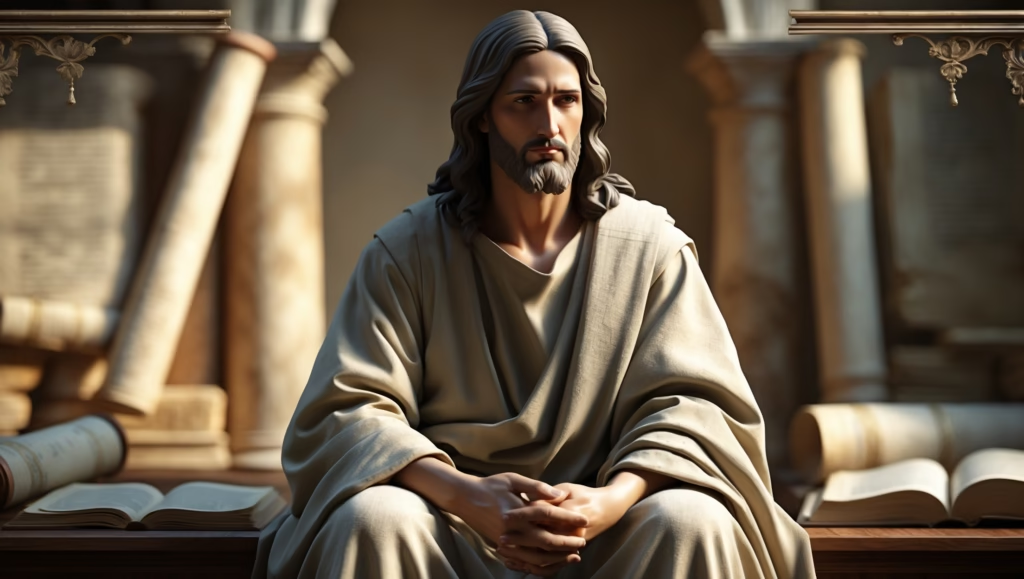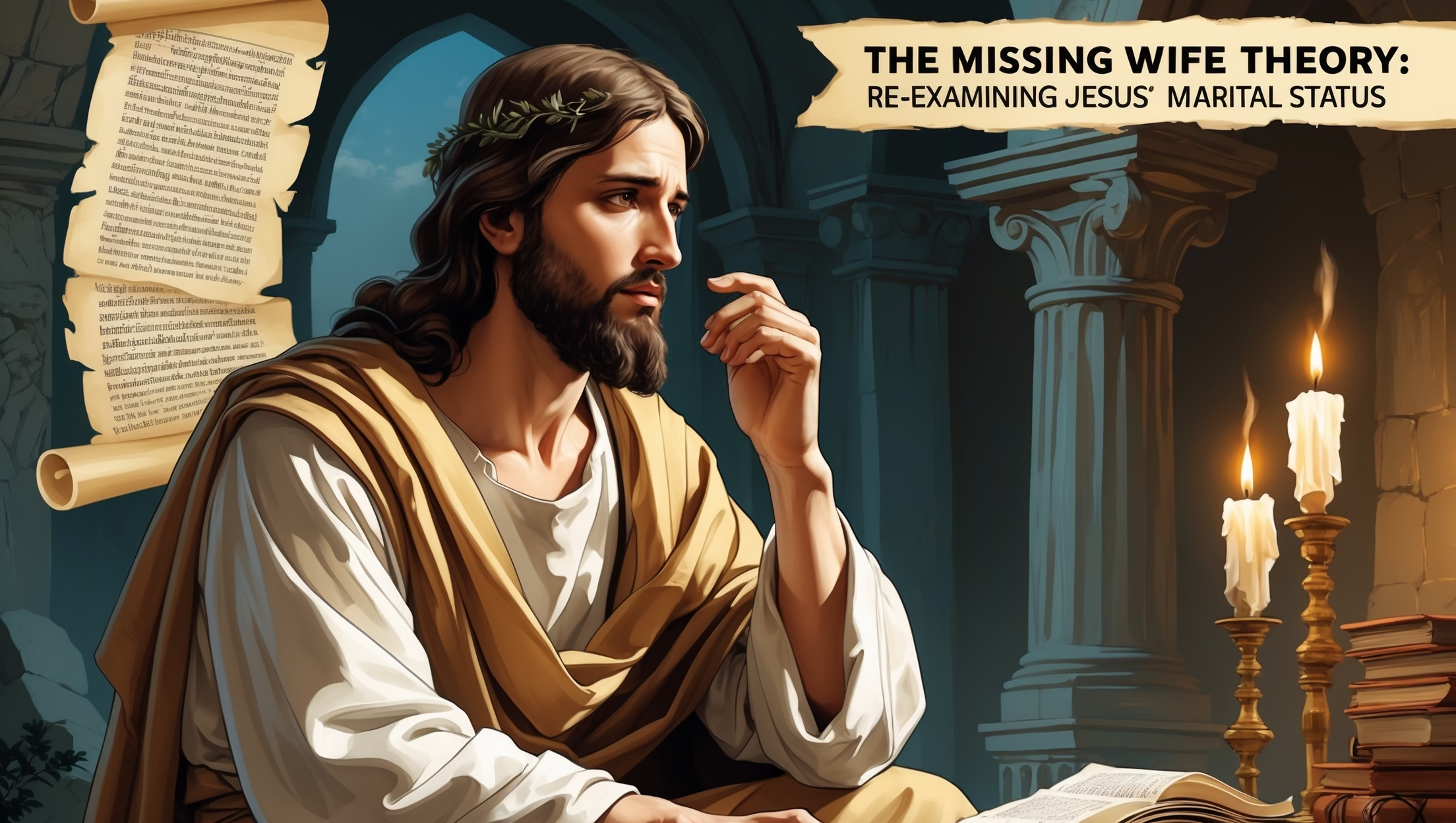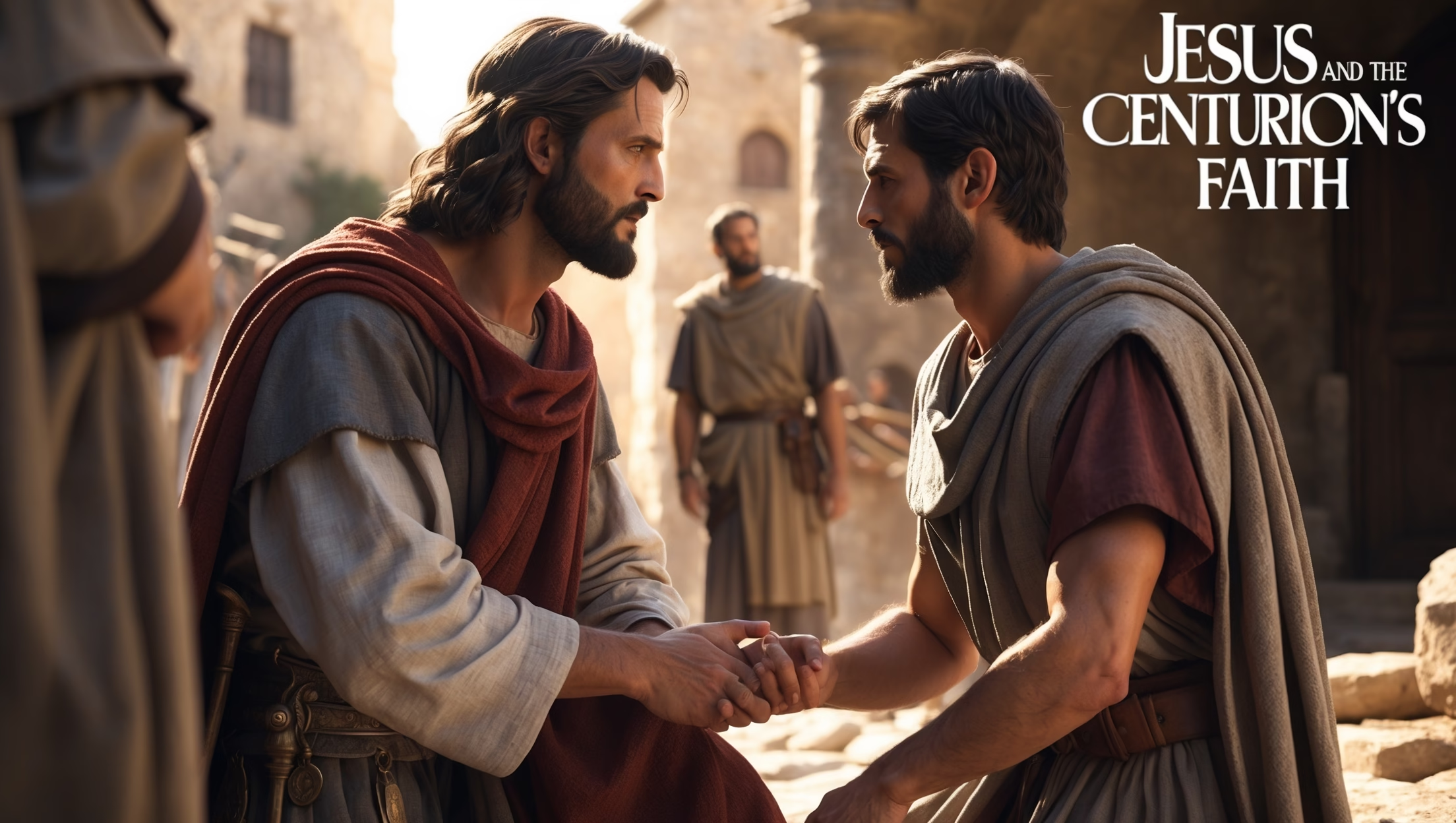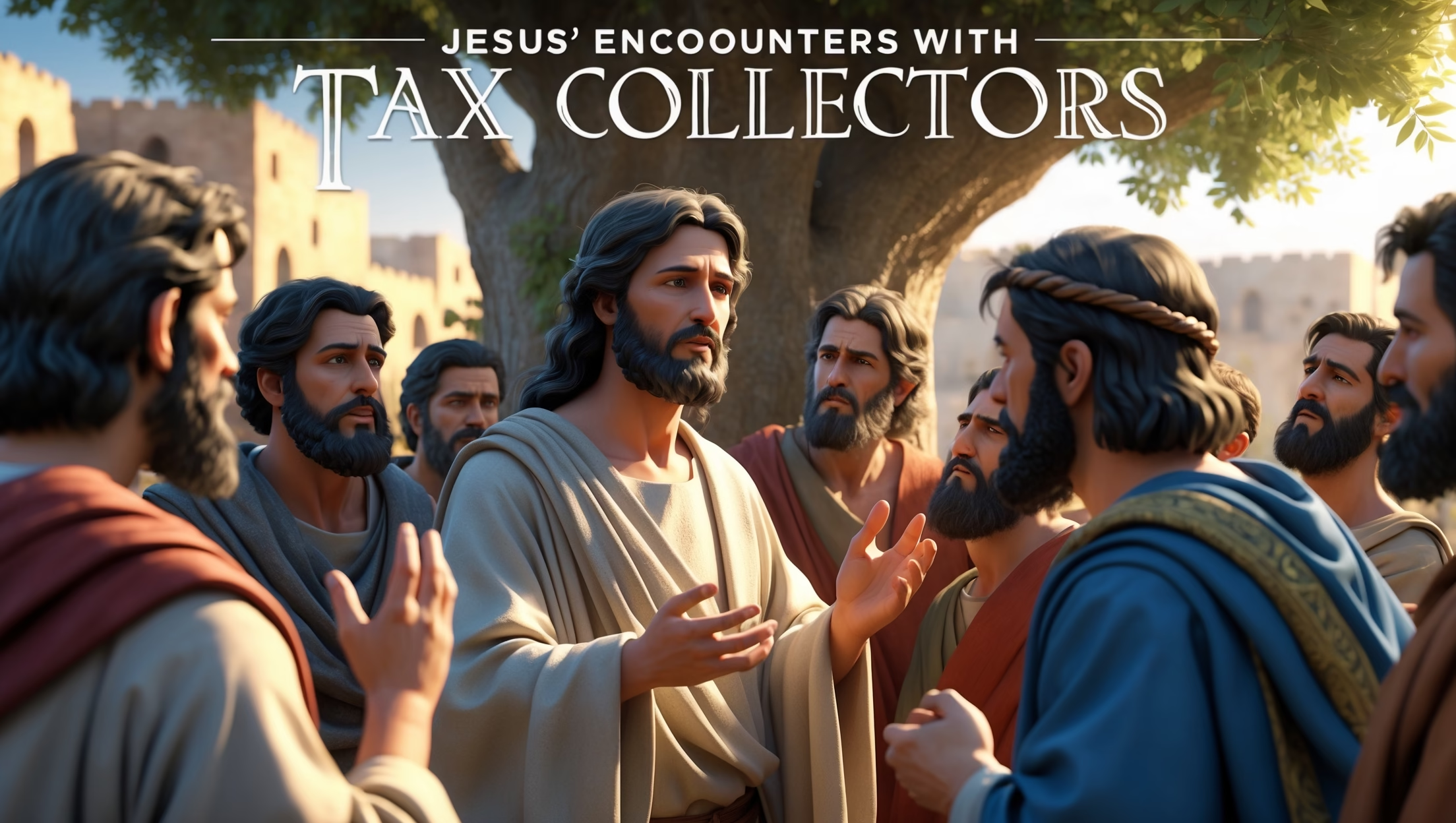Beyond The Da Vinci Code – Historical, Archaeological, and Theological Perspectives
Questions about Jesus’ marital status have fascinated scholars, theologians, and popular culture for centuries. While the canonical Gospels remain silent on whether Jesus married, debates resurfaced in the 21st century with the discovery of the so-called “Jesus’ Wife” fragment, sparking intense academic and media attention. This inquiry intersects history, textual criticism, archaeology, and theology, challenging assumptions about early Christian life and celibacy.

1. Historical Context: Marriage in First-Century Judaism
Marriage was the normative expectation for Jewish men in Jesus’ time:
- Archaeological and sociological studies indicate over 99% of Jewish men were married by age 20, aligning with family continuity and religious obligations.
- Marriage was central to lineage, inheritance, and social stability, making celibacy an exception rather than the rule.
- Certain sects, such as the Essenes, practiced celibacy or delayed marriage to devote themselves to spiritual pursuits. Some scholars speculate that Jesus’ ascetic tendencies—fasting, solitude, and itinerant ministry—might reflect Essene influence, though direct evidence is limited.
Within this context, it would have been unusual—but not impossible—for a Jewish man of Jesus’ social standing and prophetic calling to remain unmarried.
2. Textual Clues in the Gospels
The canonical texts offer tantalizing, though ambiguous, hints:
- “The disciple Jesus loved” (John 13:23; 19:26–27): Traditionally interpreted as John the Apostle, some scholars suggest this could indicate a close kinship or familial tie, potentially a wife or partner. However, the majority of scholars favor a symbolic or spiritual interpretation.
- The Wedding at Cana (John 2): Jesus’ attendance at a wedding raises questions about his social network, but the Gospel does not identify him as a relative or as a groom. Some speculative readings suggest he could have been part of a familial household, though this remains conjectural.
These textual hints have fueled popular imagination, most famously portrayed in fictional works like The Da Vinci Code, where Jesus is depicted as married to Mary Magdalene. While compelling for storytelling, these interpretations are not supported by mainstream historical scholarship.
3. Archaeological Controversies: The “Jesus’ Wife” Fragment
In 2012, Harvard historian Karen King announced the discovery of a small Coptic papyrus fragment containing the phrase:
“Jesus said to them, ‘My wife…’”
This fragment, dating to the 4th century CE, ignited immediate debate:
- Initial excitement: Scholars considered the possibility that it reflected early Christian discussions about Jesus’ marital status.
- Critical analysis: Linguists and papyrologists noted irregularities in grammar and syntax. Some letters mirrored those in online texts, suggesting forgery or modern fabrication.
- Later consensus: By 2016, forensic analysis revealed that while the ink was ancient, the text likely had been manipulated, and no definitive historical claim could be established.
Despite the hoax status of the fragment, the discussion highlighted tensions between media sensationalism, academic rigor, and religious curiosity.
4. Theological and Ecclesiastical Implications
The question of Jesus’ marital status resonates differently across Christian traditions:
- Early Church Celibacy: By the 4th century, the institutional church emphasized celibacy for clergy, framing marriage as secondary to spiritual devotion. The silence of the Gospels about marriage was interpreted as evidence of Jesus’ celibacy and moral exemplariness.
- Catholic Tradition: Celibacy became central for priests, with Jesus modeled as the unmarried Bridegroom of the Church.
- Mormon Perspective: The Church of Jesus Christ of Latter-day Saints explores more nuanced questions of Jesus’ earthly life, including pre-mortal existence and human relationships, though mainstream LDS teaching does not assert a marriage.
The broader debate touches on gender roles, spiritual authority, and the human versus divine nature of Christ, raising questions about how culture shapes theological interpretation.
5. Modern Popular Culture and Scholarship
The “missing wife” hypothesis has captured public imagination far beyond academic circles:
- Fictional works: Novels, films, and television series explore Jesus’ marriage as a way to humanize him and reinterpret Christian history.
- Academic interest: Scholars examine the question as part of early Christian diversity, highlighting debates about celibacy, gender, and spiritual authority in different communities.
- Ethical questions: The discussion provokes reflection on historical evidence versus faith-based tradition, encouraging critical thinking about sources and interpretation.
Despite widespread curiosity, most historians caution against overstating evidence, emphasizing that the canonical texts, archaeological records, and early Christian writings do not provide confirmation of a marital relationship.
6. Why the Question Matters
Exploring Jesus’ marital status is not merely about gossip or sensationalism—it has real implications for faith, scholarship, and society:
- Historical Literacy: Investigating textual and archaeological evidence sharpens critical thinking about early Christianity.
- Gender and Ministry: The discussion challenges assumptions about male leadership and celibacy, inviting reflection on the role of women in ministry.
- Faith and Imagination: The debate illustrates the human desire to connect with Jesus as both divine and relatable, prompting ethical and spiritual reflection.
- Interdisciplinary Dialogue: Engages historians, theologians, linguists, and media scholars in analyzing how knowledge, belief, and narrative intersect.
Conclusion
The “Missing Wife” theory of Jesus—sparked by textual clues, cultural speculation, and the infamous 2012 fragment—remains a fascinating, if largely speculative, area of study. While mainstream scholarship finds no credible evidence that Jesus was married, the discussion illuminates broader questions about celibacy, early Christian diversity, and how sacred narratives are interpreted over time.
From historical Jewish expectations to modern media portrayals, this debate reminds us that Jesus’ humanity continues to inspire inquiry, reflection, and creativity. Whether as a single, itinerant teacher or a man with family ties, the figure of Jesus invites ethical engagement, theological exploration, and cultural dialogue, demonstrating the enduring fascination with the life behind the Gospels.
Focus Keywords:
Jesus’ marital status, Missing Wife Fragment, Historical Jesus, Early Christianity, Jesus’ Wife hoax, Karen King, John 13:23, Essenes, Celibacy, Theological Implications










